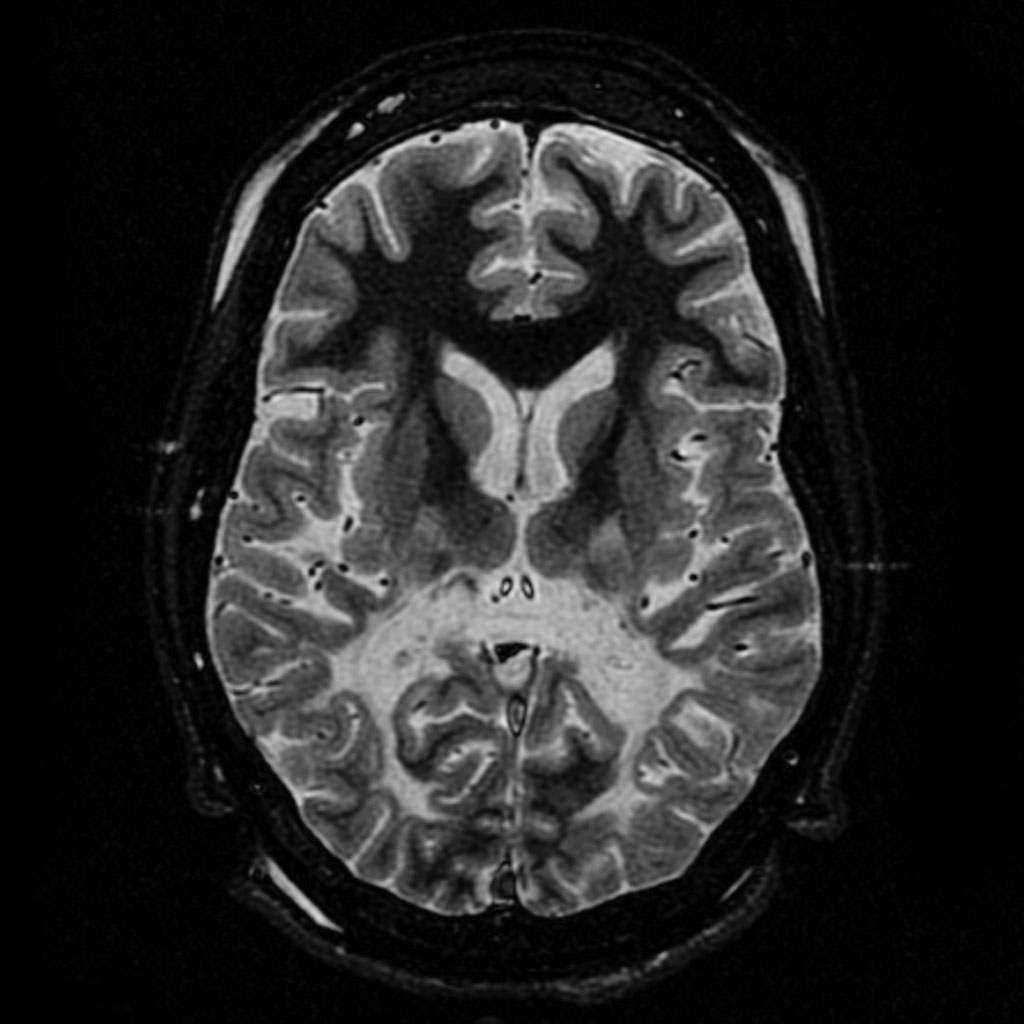Leukodystrophy

A leukodystrophy is a type of rare genetic disorder that affects the brain, spinal cord, and other nerves in the body. It is caused by destruction of the white matter of the brain. The white matter degrades due to defects of the myelin, which is a fatty covering that insulates nerves in the brain. Myelin is needed to protect the nerves and the nerves can't function normally without it. These disorders are progressive, meaning they tend to get worse with time. The leukodystrophies are a group of disorders caused by spelling mistakes (mutations) in the genes involved in making myelin. Specific leukodystrophies include metachromatic leukodystrophy, Krabbe leukodystrophy, X-linked adrenoleukodystrophy, Pelizaeus-Merzbacher disease, Canavan disease, and Alexander disease. The most common symptom of a leukodystrophy is a decline in functioning of an infant or child who previously appeared healthy. This gradual loss may be seen with issues in body tone, movements, gait, speech, ability to eat, vision, hearing, and behavior.